- News
- Reviews
- Bikes
- Accessories
- Accessories - misc
- Computer mounts
- Bags
- Bar ends
- Bike bags & cases
- Bottle cages
- Bottles
- Cameras
- Car racks
- Child seats
- Computers
- Glasses
- GPS units
- Helmets
- Lights - front
- Lights - rear
- Lights - sets
- Locks
- Mirrors
- Mudguards
- Racks
- Pumps & CO2 inflators
- Puncture kits
- Reflectives
- Smart watches
- Stands and racks
- Trailers
- Clothing
- Components
- Bar tape & grips
- Bottom brackets
- Brake & gear cables
- Brake & STI levers
- Brake pads & spares
- Brakes
- Cassettes & freewheels
- Chains
- Chainsets & chainrings
- Derailleurs - front
- Derailleurs - rear
- Forks
- Gear levers & shifters
- Groupsets
- Handlebars & extensions
- Headsets
- Hubs
- Inner tubes
- Pedals
- Quick releases & skewers
- Saddles
- Seatposts
- Stems
- Wheels
- Tyres
- Health, fitness and nutrition
- Tools and workshop
- Miscellaneous
- Buyers Guides
- Features
- Forum
- Recommends
- Podcast
BUYER'S GUIDE
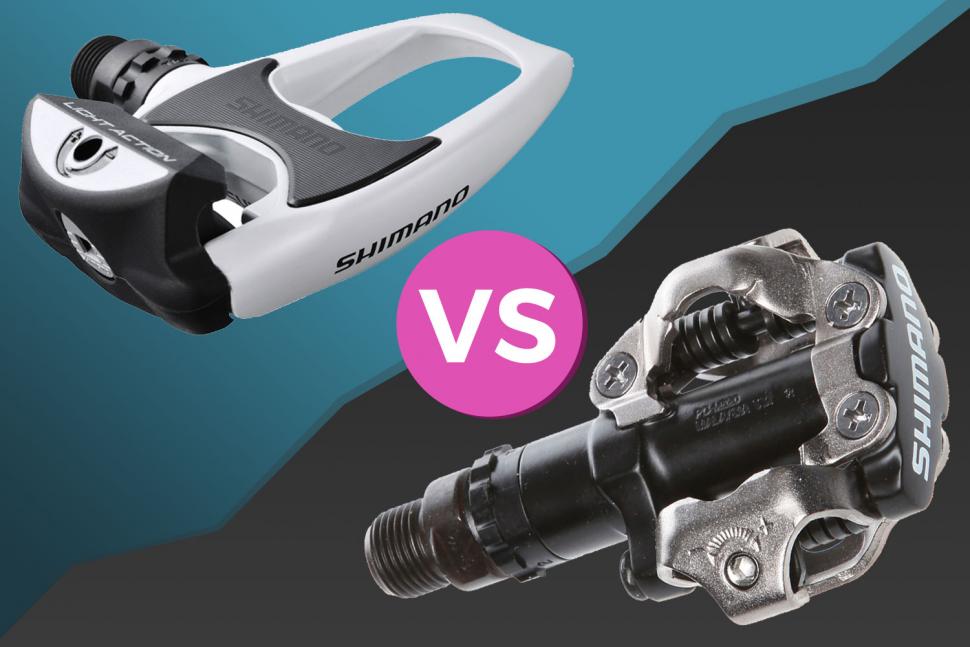 Head to head SPD-SL vs SPD Sept 2018
Head to head SPD-SL vs SPD Sept 2018SPD-SL v SPD — which clipless pedal option is for you?
Updated May 20, 2021
When it comes to clipless pedals, you have the choice between a three-bolt road-style system, like Shimano’s SPD-SL, and a two-bolt mountain bike-style system, such as Shimano’s SPD, and here we’re going to help you decide which is the best option for you.
Check out a whole road.cc forum topic on the subject .
Now, although I’ve already described a three bolt system as ‘road-style’, not everyone who rides on the road opts for this type of pedal, and SPDs are certainly not confined to trail use.
One other thing to mention up top is that most of the characteristics of Shimano’s SPD-SL system are shared by other three-bolt designs from the likes of Look and Time. Plus, other mountain bike systems are similar in essentials to SPD. We're sticking to Shimano here to keep things simple, but here's a pic of some Look Keo Blade Carbons, just to show we're not biased!
Oh, and then there’s Speedplay, a unique system that has many avid fans, although for clarity we’re not going to cover it here. Sorry. If you want to know more about Speedplay, which is particularly valuable for those who need a lot of float, go to our article on 10 of the best clipless pedals.
Okay, so what are we talking about when we say SPD and SPD-SL?
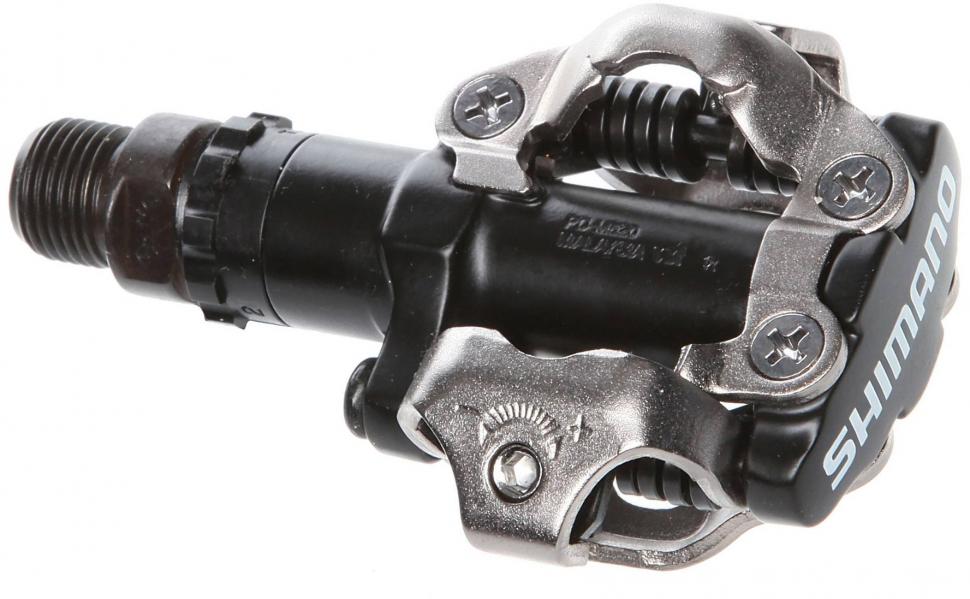
Shimano first released its SPD (Shimano Pedaling Dynamics) design way back in 1990. A smaller metal cleat is mounted to your shoe with two bolts, fitting in a recess in the sole. The recessed cleat makes it easier to walk in SPD shoes and helps guide the cleat into the mechanism, so it’s easier to clip in. Originally intended for mountain biking, SPD has become popular with commuting and recreational riders too who tend to go for inexpensive workhorses like the Shimano PD-M520, above, £30).
SPD-SL pedals, on the other hand, are quite similar to the original road racing clipless pedals introduced by Look in 1984 and updated many times since. These have a three-bolt cleat that stands proud of the sole, hooks into the front of the pedal and is held in place by a spring-loaded latch at the rear. You can see the mechanism in the carbon-fibre-bodied Shimano 105 R7000 pedals, above which are popular with road riders and will typically set you back about £85. This allows an uncomplicated, rigid sole, but is awkward to walk in; think of a penguin waddling on ice or a sheep on lino and you’re somewhere close.
"Our pedals are always developed with particular shoes in mind (and vice versa), so we can give riders a complete pedalling system," says Shimano's Ben Hillsdon. "When making a decision on which to go for it's important to consider whether the shoe and pedal combination offer you the right level of usability and comfort for the type of riding you're doing. One of the biggest differences between the two pedal systems is how easy it is to walk in the shoes, which can have a big impact on a rider's experience and mid-ride coffee stop!"
What type of soles are right for you?
When you walk in SPD-SL shoes, the prominent cleat is in contact with the ground. Little tips on the cleat provide some protection against wear but you get relatively little grip. Most manufacturers make three-bolt soles as rigid as possible for cycling performance, and that’s far from ideal when you’re not on the bike. Really, you want to keep walking to a minimum: getting to and from your bike, tapping in and out of the cafe, that kind of thing.
The Shimano S-Phyre RC9 Shoes that we reviewed here on road.cc are typical shoes for a three-bolt system. They come with a full-carbon sole with a woven, exposed top layer at the cleat placement.
“Shimano gives the S-Phyre RC902 sole a rating of 12 out of 12, suggesting that it's a fan of WeRateDogs, but the rating is well earned. These are very stiff soles that are easily a match for my biggest sprints. It is also a very thin sole and that results in a low stack height for better connection to the pedal,” we said.
That’s great when you’re in the saddle, but it doesn’t make for ease of walking. You get very little grip on wet surfaces, while mud and SPD-SL systems really don’t get along.
The fact that an SPD cleat sits in a recess means that when you’re off the bike it’s not in contact with the ground nearly as much as an SPD-SL cleat. Manufacturers can give you a treaded sole that’ll grip on various different surfaces.
“Not only is the rubber outsole nicely grippy, it's soft enough that it gives a little, so the Forays don't slam your feet with every step. You wouldn't want to hike up a mountain in them, but for pottering round the shops or walking to the cafe counter, they're fine.,” said John Stevenson in his review of Bontrager’s £150 two-bolt Foray shoes. “Walking around in the Forays I barely noticed I was in cycling shoes, aside from the occasional crunch of cleat on a stray pebble. Sure, they're quite stiff, but nowhere near as stiff as, say, carbon fibre road shoes.
“If you're forced to hoof it in cruddy conditions, there's a couple of shallow studs under your toes which could be removed and replaced with bigger grippers. Walking batters them a bit though; they're looking quite worn already, especially on my left, 'touchdown' foot.”
Shoes like the two-bolt Shimano MT3W Women’s £74.99 road shoes that we reviewed are designed for more recreational riding.
“I had no problems at all walking in them for prolonged periods and the level of flex meant there was little of that characteristic slapping down of the feet,” said tester Lara Dunn.
"The soles are very flexible – they're not designed for demanding riders looking for an injection of power – but they are still stiffer and better shaped than trainers or casual shoes."
Also, although mountain bike race shoes, like road race shoes, have rigid soles, some shoes designed for SPD pedals offer more flex.
Giro describes the Petra VR shoes (£94.99), for instance, as “versatile shoes that combine performance riding features like clipless pedal compatibility with the walkability and comfort of light hiking shoes” (the recess for the cleat is covered in the picture below).
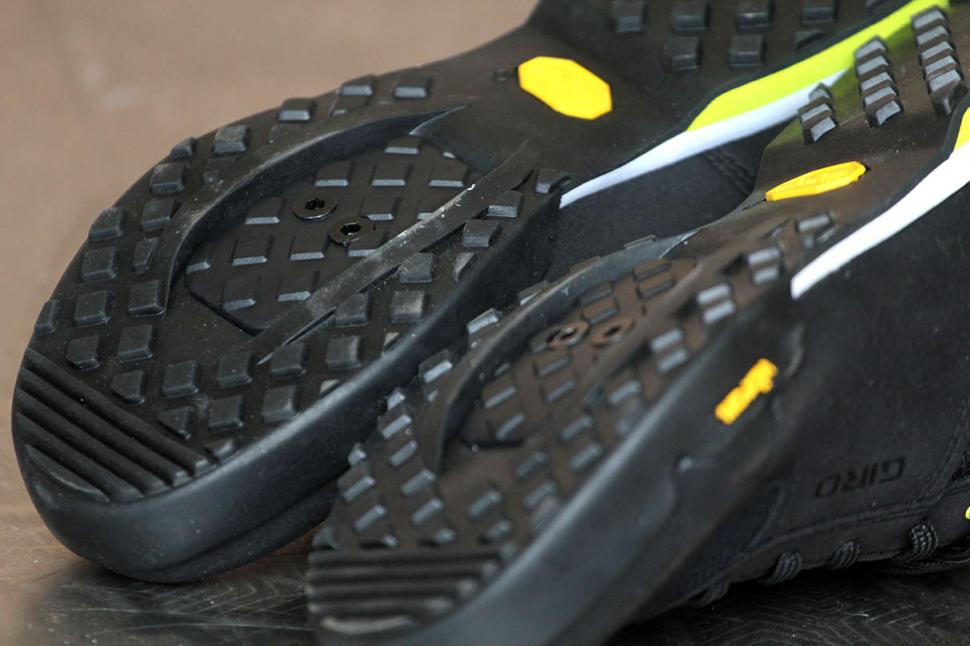
When she reviewed them here on road.cc Lara Dunn said, “These are one of very few pairs of cycling shoes of this ilk that I've tried that genuinely don't feel like cycling shoes when you're walking, such is the fine-tuning of the flexibility of the sole. The soles are also grippy enough to be genuinely useful to walk in.”
Check out all of our shoe reviews here.
There are many two-bolt touring shoes out there, like Decathlon's Triban RC500s (£49.99).
“The sole comprises a glass fibre mid, polyester outer and rubberised grippers. They're drilled for recessed twin-bolt cleats and offer a decent blend of pedalling efficiency and walkability/grip,” said tester Shaun Audane.
Some two-bolt shoes are designed specifically for urban use, like Shimano’s £81.99 CT5 (CT stands for City Touring) which have a casual trainer style to them along with an EVA mid sole designed to add walking comfort.
The more time you’re likely to spend walking, the more appealing SPDs become.
So why wouldn’t you want the treaded outsole that an SPD system allows? There’s no point for a lot of us. If you get on your bike and ride until you get home again, or you just stop for a coffee or to nip into a garage for an emergency Snickers, you might as well save a little weight by doing without.
If you really don't know whether you'll be better off with a two bolt or a three bolt system, some shoes, such as dhb's £60.00 Dorica road shoes (above) are capable of taking either. Look out for a sole that has a pair of SPD bolt holes nestled among the three spots for SPD-SL cleats
Clipping in
Most SPD-SL pedals are single sided, meaning that you can only clip in to them when they are the right way up. With most of the weight at the back of the pedal, they’ll usually hang with the correct side facing backwards towards your foot, so clipping in is straightforward when you get the hang of it. Occasionally, though, bikes do funny things and you might find yourself trying to engage the wrong side of the pedal. Hopefully, no one will notice!
Some people find it easier to clip into SPD pedals than SPD-SLs. First, most (not all) SPD pedals are double-sided, so you can clip in to either side. There’s no such thing as having those pedals the wrong way up.
Second, the recess in the sole of the shoe can help guide the cleat into the mechanism. In truth, though, you’ll probably soon adapt to whichever system you choose.
Shimano Click’r is essentially a variant of SPD with even easier entry and release. You use the same SPD cleats but clipping in and twisting out of Click’r pedals takes far less effort than with standard SPD pedals. You want figures? Shimano reckons it takes 60% less force to clip in, and 50% less force to release.
Over on the road side, the RS500 pedal is available in a standard model for £54.99 and a Light Action model for £43.40.
All of these pedals have spring tension adjustment allowing you to alter the force holding the cleat in place. It’s a simple hex key job that takes seconds.
Check out our guide to getting started with clipless pedals.
Contact area and weight
SPD cleats are small and many people find an SPD-SL system more stable, especially when riding out of the saddle. The top-level Dura-Ace 9100 road race pedals (£234.00), for instance, have a platform that’s 66mm wide.
Read our Shimano Dura-Ace 9100 pedal review.
However, you can buy SPDs that have a cage around the pedal body to increase the size of the contact area with your shoe. Shimano’s PD-M424 pedals (above, £60), for instance, features a resin cage that’s designed to increase foot stability while the PD-M324 pedals (below, £49.99) have an SPD mechanism on one side with a steel platform on the other.
If you want something gnarlier, check out the £57.99 Shimano PD-EH500 pedals, below, which have an SPD mechanism on one side and a mountain bike-style flat on the other, complete with steel grip studs that'll grab any soft-soled shoe.
Despite being larger, SPD-SLs are a little lighter than SPDs of an equivalent standard. SPD-SLs weigh from 228g (per pair) for race-focused Dura-Ace R9100 up to 330g for R540.
SPDs weigh from 310g for XTR cross-country mountain bike pedals to over 500g. A pair of the M324 SPD/flat pedals (above) just mentioned, for example, weighs 533g.
People often say that SPD-SLs offer more stable attachment of the shoe to the pedal than SPDs. Is that true?
"SPD-SL pedals hold the cleat in three positions whilst the SPD pedal holds the cleat in two positions (fore and aft) to make it easy to unclip in off-road situations." says Shimano's Ben Hillsdon. "With both pedal systems, though, the cleat retention (and therefore the stability of the connection) can be adjusted."
Cleats
SPD-SL cleats are available with three different amounts of float (the degree to which your feet can rotate while the cleat remains engaged with the pedal). Cleats with red tips are fixed (0°), blue offers 2° of float and yellow gives you 6°.
The fact that they’re made from plastic and they’re exposed (rather than recessed into the sole of your shoe) means that SPD-SL cleats wear out fairly quickly if you walk far in them on a regular basis.
SPD cleats are metal and they’re better protected when you walk so they tend to last much longer. They’re cheaper too – £14.99 rather than the £19.99 you have to pay for SPD-SL cleats.
SH51 SPD cleats allow you to release from the pedal by twisting your heel outwards while SH56 SPD cleats (above) allow you to disengaged by twisting your foot in either direction.
"Common Shimano SPD cleats (like the SH-51) offer at least 6° of float," says Shimano's Ben Hillsdon. "It's worth mentioning that as cleats wear the amount of float increases so it's important to adjust tension on the pedals to reduce unwanted unclipping."
Prices
SPD-SL pedal prices start at £54.99 for a pair of PD-RS500s (above) and go right up to £234 for Dura-Ace PD-R9100s.
SPD pedals are a little cheaper than SPD-SLs of a similar level. They start at £30 for PD-M520 (above) and go up to £129.99 for XTR-level PD-M9120 trail pedals.
Multi-purpose M324 SPD pedals are £44.99.
What we say
Comments from the road.cc team
“I find SPDs more practical, particularly for commuting, getting on and off the bike, popping in to Sainsbury's on the way home. They're easier to walk in, and because the cleats are metal they don't wear at anything like the rate of a plastic SPD-SL or my Time road cleats. Even when they do wear, they still work. Also, maybe because I'm more used to them, I find them more comfortable over short to medium distances.”
Tony Farrelly, road.cc editor
“I use SPDs for mixed rides and long rides, and the shoes are better for walking in. Maximal power transfer and platform stiffness aren’t such an issue on a 400km audax as not falling down the steps at the tea rooms. Also, they’re easier to clip in to because they're double sided, and cleats and pedals cost 3 shillings and sixpence and last about 1,000 years. If I'm racing, or on the chaingang, I use road shoes and SPD-SLs because they look more pro. Erm. I mean, they're lighter and stiffer”
Dave Atkinson, road.cc tech guy
“If it has fat tyres and I know I’ll be heading off-road at some point in the ride, I ride SPDs. If I’m staying on the road I’ll always go for a three-bolt system because I know I won't be doing any walking and prefer the lightness and stiffness for maximising every measly watt of power I can output (even if it's only in my head). That and I'm also using PowerTap's excellent power meter pedals that i can easily swap between test bikes for consistent power measurement.”
Dave Arthur, road.cc technical editor
What you say
Comments from the road.cc forum
“When I got back into road a few years back I just took the SPDs off my mountain bike and went riding in my carbon soled mountain bike shoes. It was okay but felt wobbly on climbs.
I was then persuaded to buy SPD—SL and some mid range road shoes… The difference in power transfer, and more importantly, foot stability/knee tracking, was night and day different.
I still use SPD on the mountain bike, but for road riding riding, including hill climbing, long distance and even commuting, it’s SPD-SL.”
hampstead_bandit
“The physical benefits of SPD-SL over SPD's are the wider platform of the cleat and pedal means there is more lateral stability for your foot on the pedal.
“The single sided nature of the SL also reduces the profile of the pedal allowing you to pedal marginally deeper into a corner.
A proper road shoe has a stiff sole all the way to the tip of the toe giving a more stable base, whereas in most MTB shoes the carbon or nylon stops just ahead of the cleat to allow the sole to bend slightly at that point, to aid walking as often required in MTBing.
“Road shoes are generally lighter as they don't have tread and reinforcements, so a slight reduction in rotating mass.
“As with all the bike industry claims, none of the above will make the huge difference they would like you to believe, but I do prefer the more stable, lower profile of a proper road shoe/pedal setup.”
DaSy
“Having learned to ride clipless with SPDs, I thought I should try SPD-SLs on my road bike. I never got on with the clipping in on the SLs. Partly this is because it is much easier clipping in to double-sided pedals, but this is not the only factor - I ride A530 single-sided SPDs on my commuting bike, and even these are much easier than the SPD-SLs, even though they are not double sided.
“I was also really unimpressed with the wear on the plastic SPD-SL cleats. I made a real effort not to walk in them, and they still rapidly wore down such that I think I would have needed to replace them at least twice a year, and they're not cheap.
“If your shoe sole is stiff enough, SPDs are fine.”
Mystery Machine
About road.cc Buyer's Guides
The aim of road.cc buyer's guides is to give you the most, authoritative, objective and up-to-date buying advice. We continuously update and republish our guides, checking prices, availability and looking for the best deals.
Our guides include links to websites where you can buy the featured products. Like most sites we make a small amount of money if you buy something after clicking on one of those links. We want you to be happy with what you buy, so we only include a product if we think it's one of the best of its kind.
As far as possible that means recommending equipment that we have actually reviewed, but we also include products that are popular, highly-regarded benchmarks in their categories.
Here's some more information on how road.cc makes money.
You can also find further guides on our sister sites off.road.cc and ebiketips.
road.cc buyer's guides are maintained by the road.cc tech team. Email us with comments, corrections or queries.
Mat has been in cycling media since 1996, on titles including BikeRadar, Total Bike, Total Mountain Bike, What Mountain Bike and Mountain Biking UK, and he has been editor of 220 Triathlon and Cycling Plus. Mat has been road.cc technical editor for over a decade, testing bikes, fettling the latest kit, and trying out the most up-to-the-minute clothing. He has won his category in Ironman UK 70.3 and finished on the podium in both marathons he has run. Mat is a Cambridge graduate who did a post-grad in magazine journalism, and he is a winner of the Cycling Media Award for Specialist Online Writer. Now over 50, he's riding road and gravel bikes most days for fun and fitness rather than training for competitions.
Latest Comments
- KiwiMike 1 sec ago
What's your point here? I'm the mechanic quoted, and I can 100% state I have never let a bike leave my workshop with glaring, life-threatening...
- don simon fbpe 12 min 29 sec ago
There are times when I think that these right whinger accounts are left wingers in drag, the aguments they espouse are so ridiculous, or don't...
- pockstone 12 min 56 sec ago
Perhaps, but he is my MP and I know of what I speak. Brevity being the soul of wit, I kept it short.
- Cayo 15 min 15 sec ago
Or any non-drivist. A few years back, I was walking and crossing a side road not far from home. The road has particularly wide corners, especially...
- Backladder 30 min 37 sec ago
Doesn't quite meet the standard of "unavoidable" though does it?
- wtjs 59 min 36 sec ago
This was it in November 2022. Now you see the futility of reporting things to the police or DVLA
- katar_6 1 hour 4 min ago
I'm trying to login at my mobile and it says I need to subscreve. What should I do?
- wtjs 2 hours 29 min ago
I can tell you exactly what LC will be doing about that offence: nothing. I used to get letters like those- in fact, exactly like that. When you...
- Geoff Ingram 3 hours 36 min ago
I was trying to be funny. OK, I accept it was a pretty weak attempt.
- hawkinspeter 3 hours 32 min ago
They should tow the vehicles on double yellow lines as they're causing a hazard. People will be less likely to just use them as easy parking if...
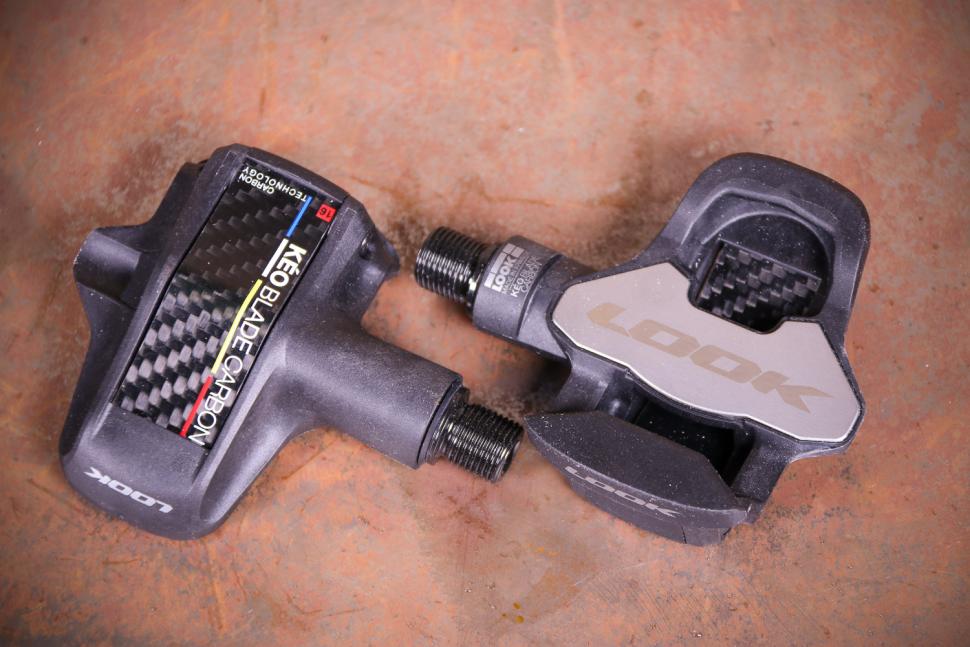

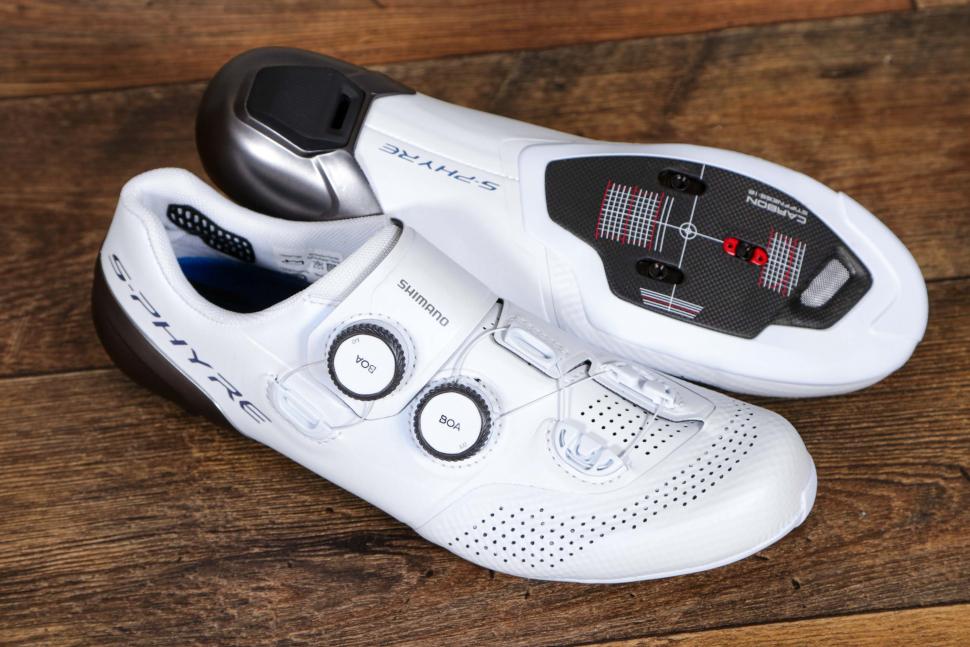
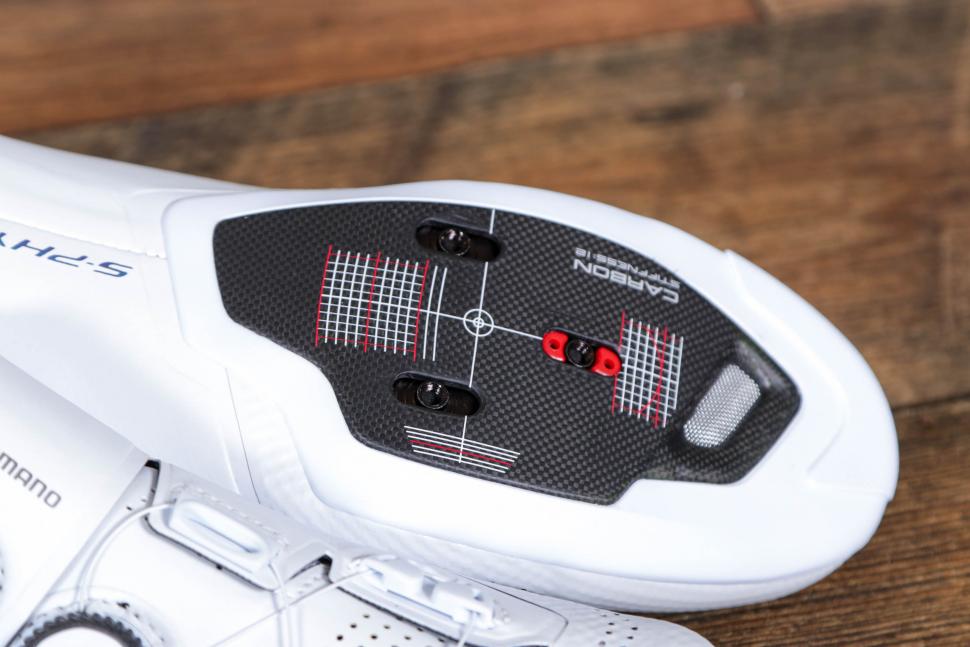


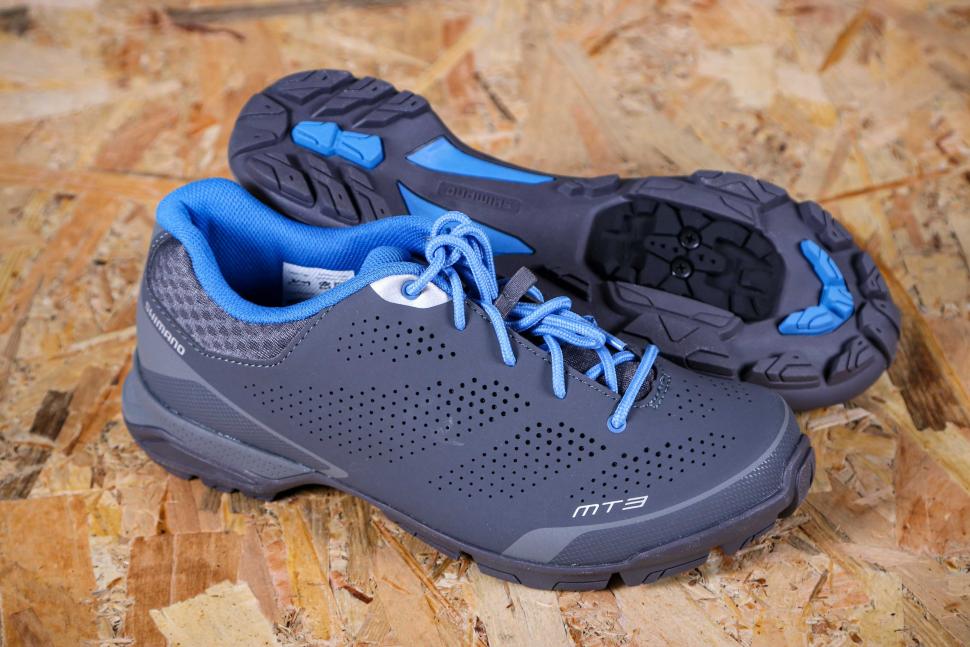
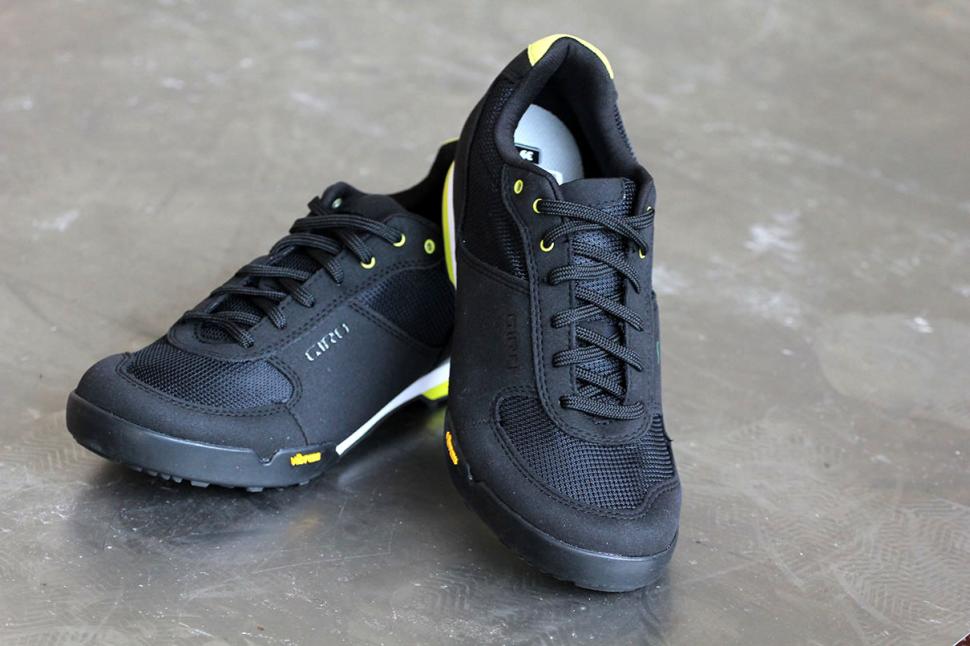
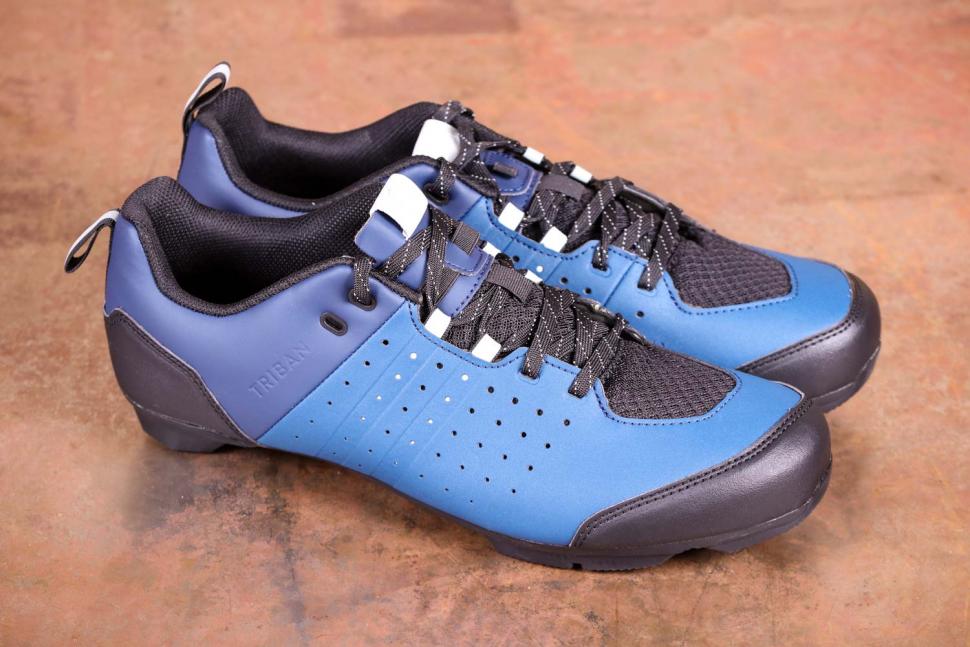
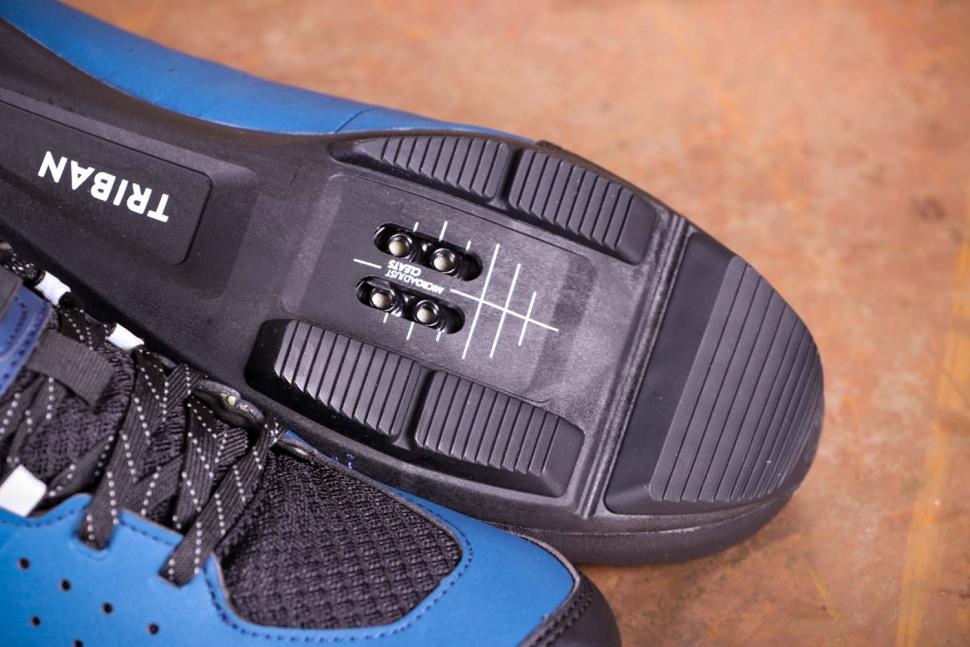

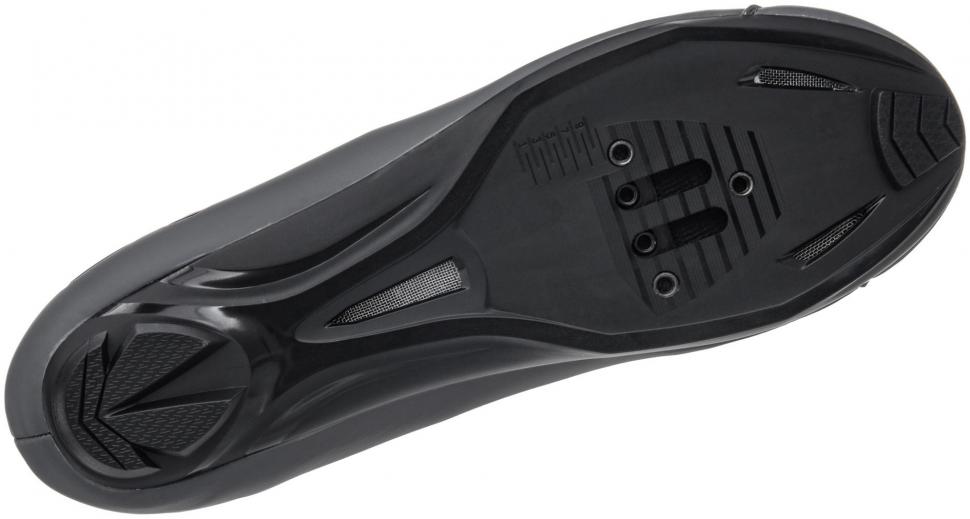


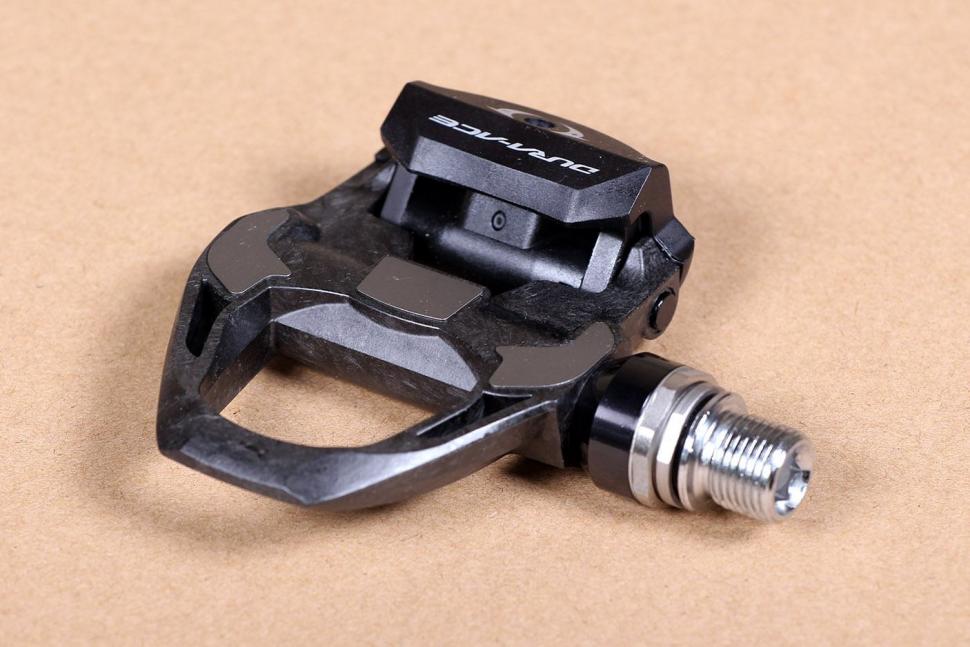
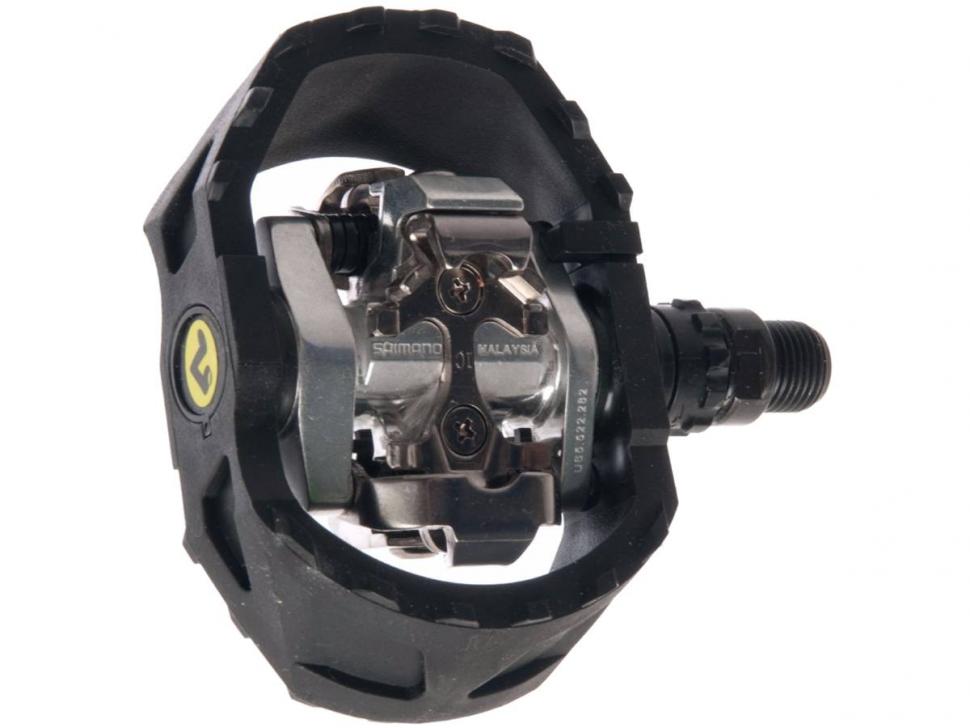



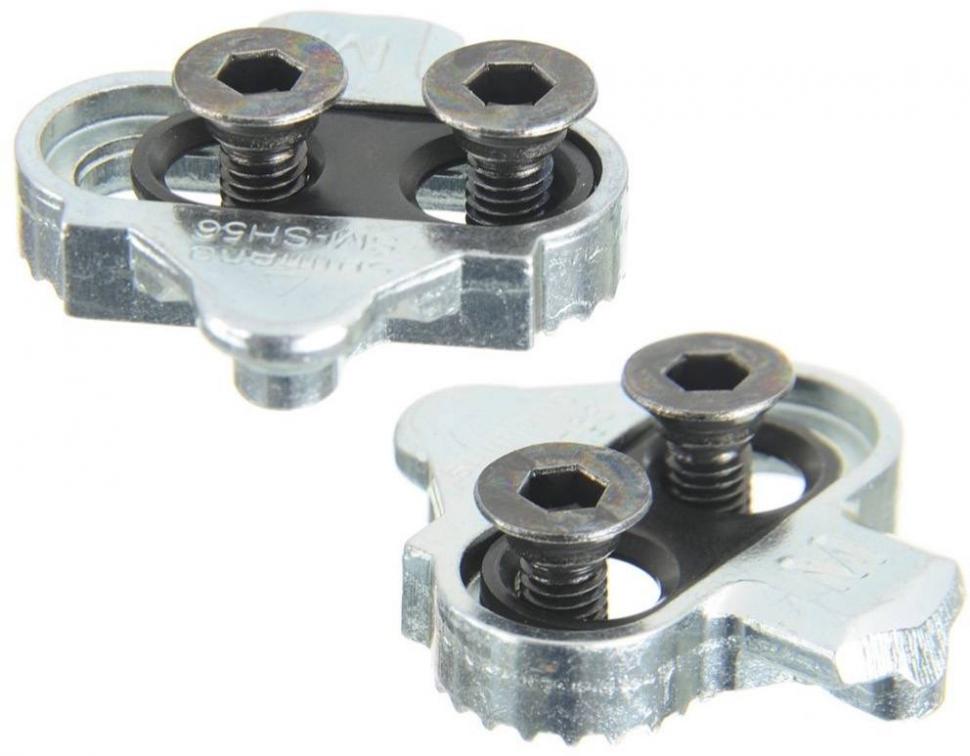
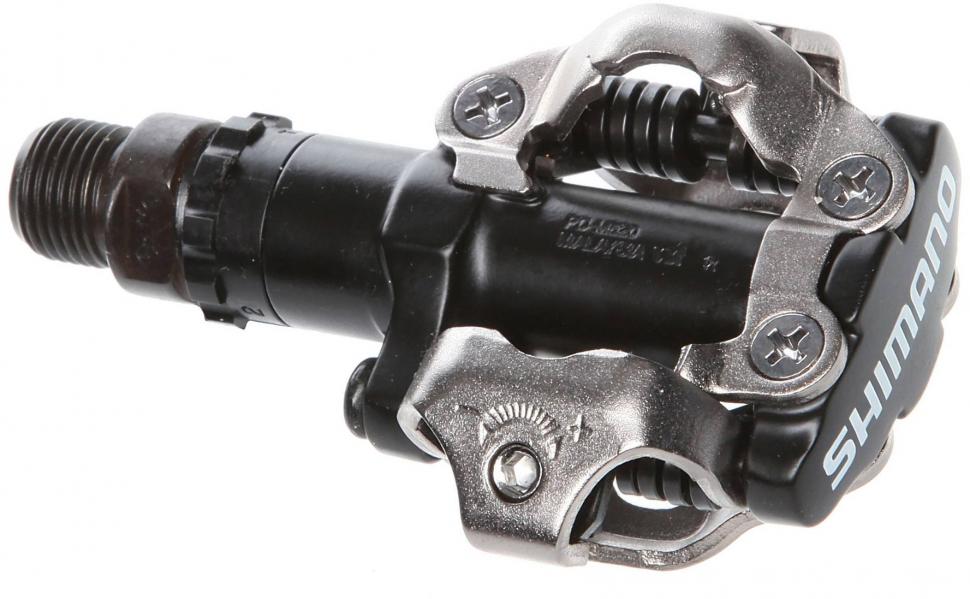

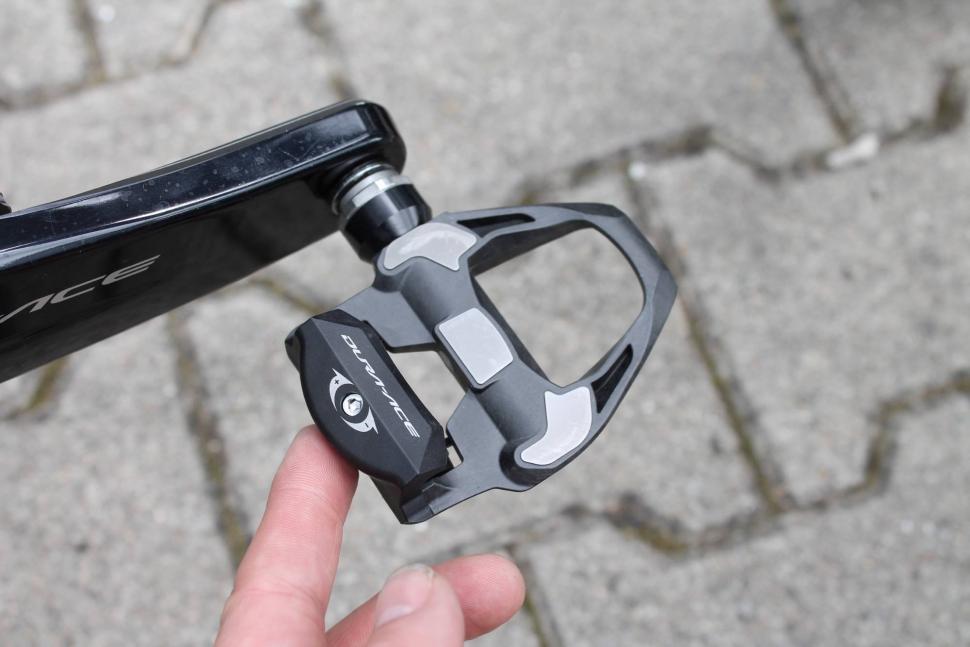
Add new comment
56 comments
I really wish I'd seen this video before I jumped for Look's... I think I'll be changing to SPDs when I wear out the shoes I have and convince myself that I don't actually need the 3ax pedals I got on kickstarter:
Basically it asks the question "Is there any advantage of Look/SPD-sl/Speedplay vs SPDs"
https://www.youtube.com/watch?v=Bdtetdf6qhk&list=PLvTzTHXcSNRShZSO41wQcg...
Also his whole series is really worth looking through.
As a commuter I recommend SPD over SPD-SL. I started riding the latter and recently converted. Already I find clipping in much more intuitive with SPD. I have not noticed any significant difference in "feel" despite the much smaller platform of the SPD pedal. SPD-SL in winter are downright hazardous: slushy snow gets into the cleat and instantly compacts, meaning you can't get clipped back in.
One thing I would recommend if you prefer SPD-SL is to invest in a pair of the cleat covers. They significantly prolong the life of your cleats even if it's just a short walk you do from bike to workplace. It is one extra faff (another reason for preferring SPD) but worth it.
And if you're trying any type of clipless pedal for the first time take yourself somewhere quiet and traffic free and practice first. Be prepared for a fall or two while you learn!
Unless you're using SPD's with SH56 cleats in which case you'll never fall over. Ever.
Don't forget either, Shimano pedals are so easy to service. Every couple of years, unscrew and remove the axle mechanism, clean as much of the old schmig off the axle and from inside the pedal as you can and simply squeeze 3/4" of new grease into the pedal, bang on a hard surface a few times so the grease goes down the hole and screw the axle back in. The new grease squeezing up through and out of the pedal will purge the old grease from the bearings and replace it with new.
Not full service as such but will replace all the old grease and contaminants.
I've only ever used SPD's and they suit my riding requirements - they do however creak which drives me insane. I've never managed to find the exact cause, but a couple of drops of silicone lube on the cleaats before each rides keeps it under control, but only for 30 miles or so, when the inevitable creak returns. If I turn my foot slightly it will stop, but that isn't the solution.
I think the small grains of sand from the dirt they collect "by design" make SPDs creaking. I used to think the culprits were the muddy cleats, but switching to the other side of platform usually stops creaking for a while, so they could not necessarily be the reason.
Spray GT85 over the SPD pedal face, both sides. Stops it for a month or two.
Horses for courses.
SPD's on the gravel/adventure bike so I can walk around in the shoes, which means I only have to take one pair when bikepacking.
SPD-SL on the road bike for a lighter shoe with a much stiffer sole.
Slight correction on the SH56 multi-release SPD cleats: They will enable release by sliding your foot sideways off the pedal, in addition to twisting your ankle out.
That's not something you can do with the single-release SH51 variety.
I used to say that anything more than M520s was just bling, then I found I kept missing the pedal on my full-suss when the trails got rowdy, so it now, justifiably, has Nukeproof Horizons which work perfectly with my Specialized 2FOs, SPD plus a big pinned platform.
#dontbesucharoadie plastic cleats are a jok£ and you buying them is the punchline.
Oh you're just such a wag, that's me told ! Anyway, what are you doing on clips on your full-sus roadie ?
https://dirtmountainbike.com/features/flat-pedals-endangered-species.html
Trying to not die! I like the flexibility of a nice chunky pedal and being able to clip in, best of both. I was going to wait for SaintPDs but I heard bad things about their spindles and good things about Nukeproof.
Ah ha ! Strangely enough I prefer flats off-road for precisely the same reason
Again, very good article , not much to add.
SPD is a safety issue for me when standing still waiting at a red light or a similar situation; especially when wet it can be very slippery. That's when I appreciate the Michelin soles on my new Shimano enduro shoes. The grip is excellent...
The tie-breaker for me is spin class. Those stationary bikes have SPD pedals and I can use my hand-me-down road shoes for a few more years.
SPD all the way. The only issue is that they are too cheap so you can't um and ahh over the cost before "reluctantly" dropping a fortune on something you can never "justify".
The most expensive ones I could find are Crankbrothers EggBeater 11 Pedal - 2017 - silver/gold for 450€ retail.
Reasonable I would say.
Black Friday bargain that, £600 for nanogram Zero Speedplays, £1000+ for powertap P1s
Am I the only one who switches to SPD pedals in the winter due to all the extra crud on the road and for when nature calls and you have to run into a muddy field?
I use Speedplay the rest of the year but given that it's quite sensitive to crud, I'd rather use a system that's bulletproof and designed to work in muddy conditions.
Winter rides are about going out in the first place, not setting PB's so I don't mind having a bit less power.
Did that one night recently on the way home and couldn't clip in fully, when I tried to pull up I pulled out of the pedal.
I don't know where Road.CC buys their pedals from cause the maximum I've paid for M520s has been £25 if you look and wait for the right price, the best I paid was £15 for a brand new pair but they didn't have cleats.
I prefer the cheaper pedals over the more expensive ones cause of cost and the fact they have a 6mm allen socket AND 15mm flats on them, dearer Shimano pedals just have an 8mm allen socket on them.
You're not the only one!
I recently bought some stiffer soled SPD shoes (stiffer than my commute shoes by far), ratchet strap so can get nice and snug, not as stiff as my full carbon soled road shoes but really not a massive amount of difference 90% of the time and able to walk wherever.
the whole wider platform thing with road pedals i think is a load of guff, if you're using very stiff soled road shoes then its where the cleat is in contact with the pedal/shoe that counts, not the rest outside of this contact patch as the stiff sole is not exerting much if any pressure on the pedal outside of that. Added stability, hmmmm, i can't say I've had stability issues with any road shoes or even very narrow/small single sided SPD road pedals.
I wonder how many roadies would have to use spds before a manufacturer would produce a lighter pedal? I'd be willing to pay a premium for something like a dura ace level equivalent. Bet I'm not the only one either.
I only switched to road pedals, because there are no powermeter pedal options with SPD.
Personally I don't notice any difference in power transfer with the bigger platform. Weight differences are also minimal.
Clipping in and walking with road shoes is also a lot more awkward.
As soon as there are SPD power meters I am back.
I might also switch back for the cooler months, as I have some nice winter SPD shoes and I am not going to buy new ones just because of the pedals.
Yep- I am just a bit behind you timewise. About, somewhat reluctantly, to buy vector 3's but if there was an spd equivalent I'd have'em in a flash.
Update to my previous post: You can now put SPD bodies on the Assimo Favero pedals. I did this on my comuter bike so I can have shoes I can walk in without looking like a penguin.
It is fairly easy todo and doesn't require special tools either.
GPLama has a good video and links on how to do it.
Pages